Ear Tattoos

Imagine expressing your personal style and creativity not just through your clothing or accessories, but through a unique form of self-expression that is both trendy and subtle – ear tattoos. These intricately designed and delicate tattoos are gaining popularity as individuals look for unconventional ways to showcase their individuality. With a placement that is both attention-grabbing and easily concealable, ear tattoos offer a way to adorn your ears with stunning artwork that is sure to turn heads and spark conversations. Discover the growing world of ear tattoos and find inspiration to unleash your artistic spirit in this captivating article.
Beautiful Ear Tattoos (Please Pin!)






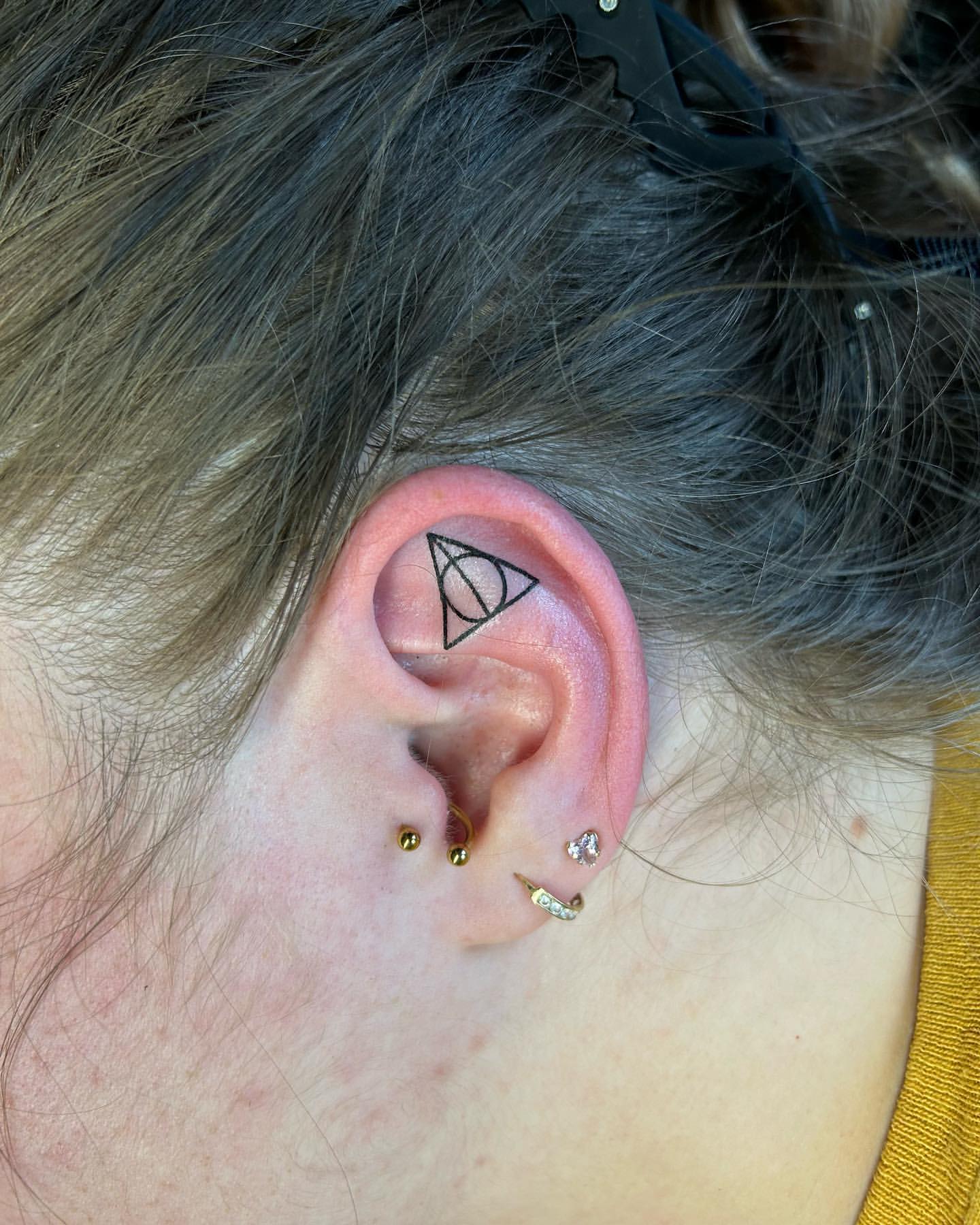





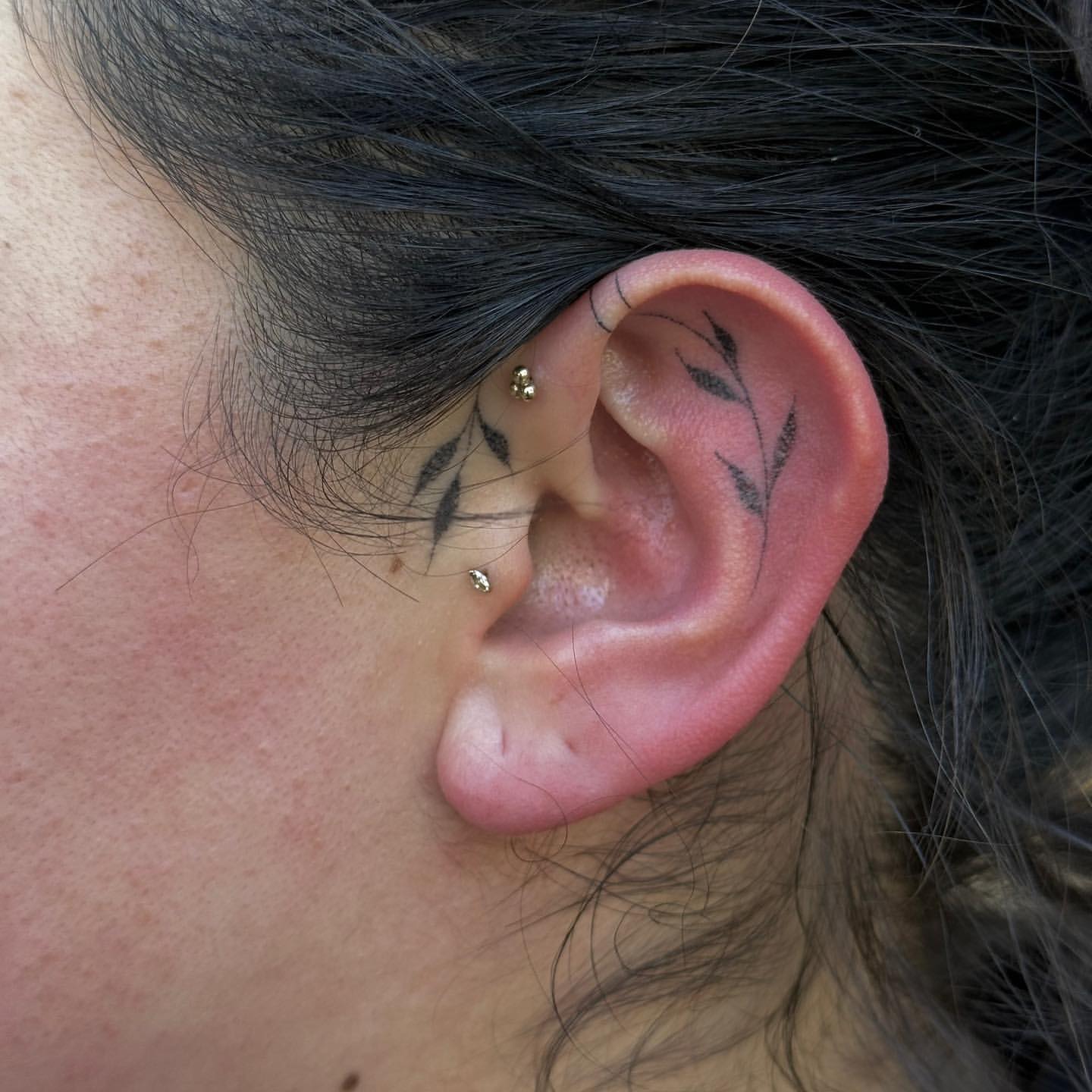






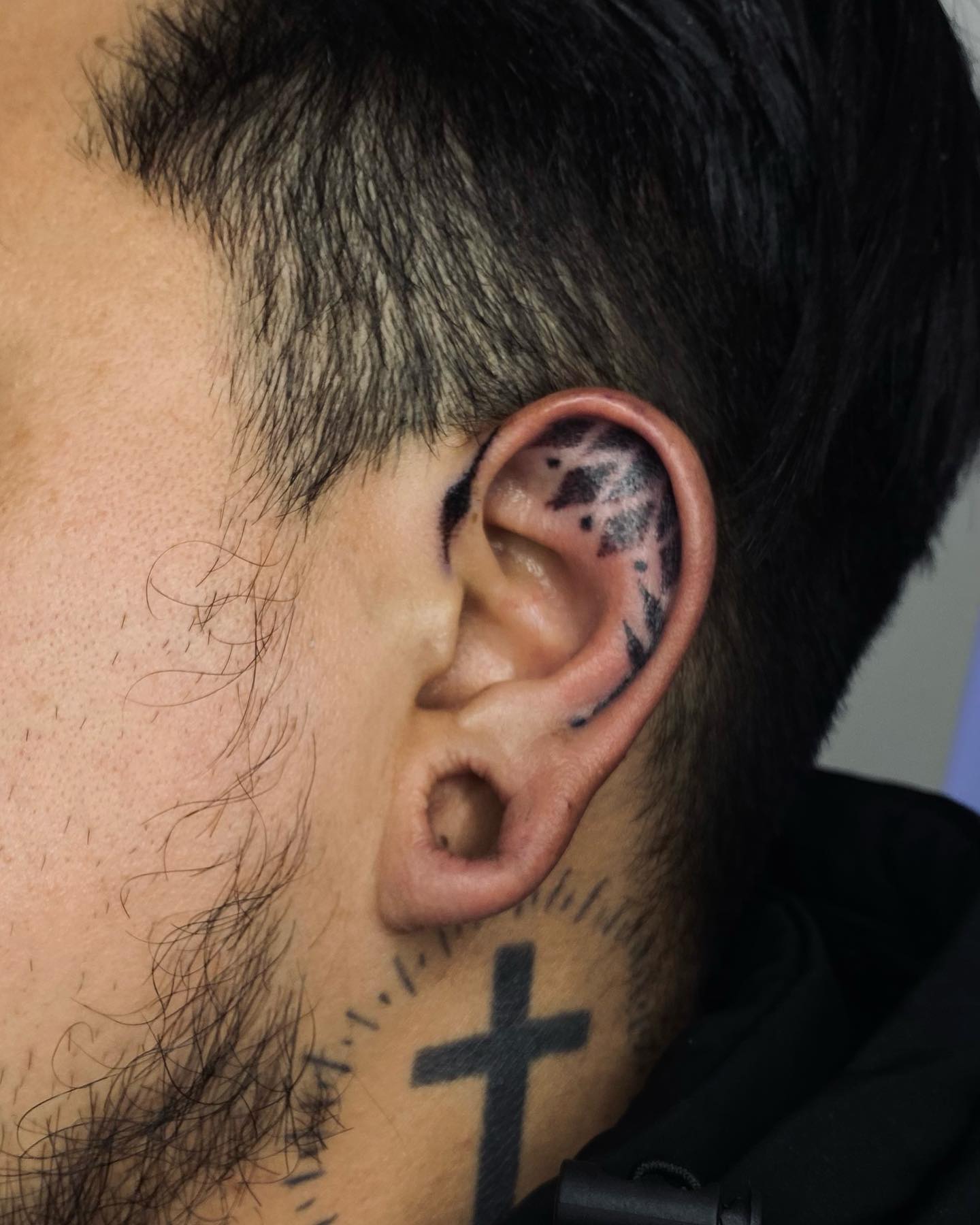
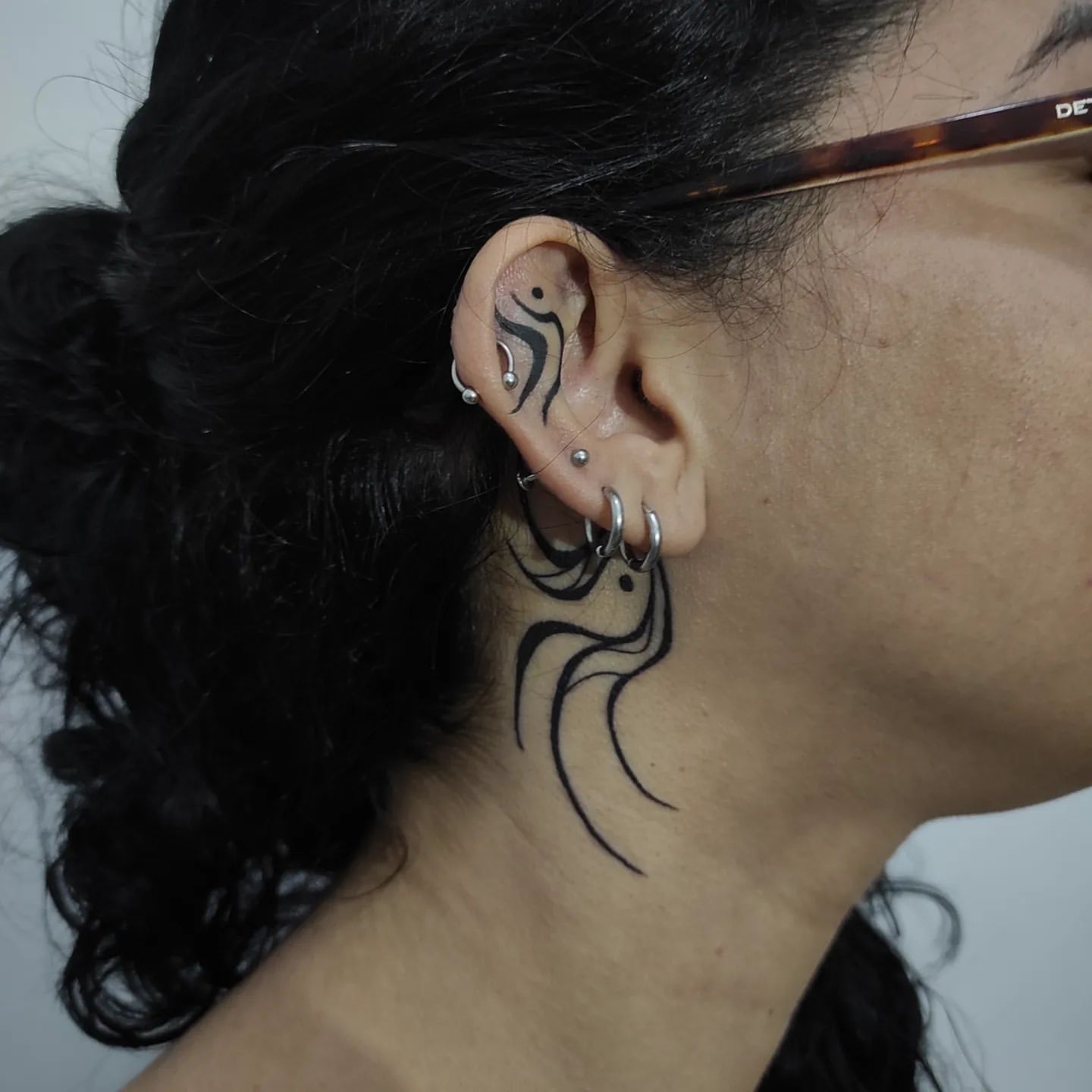


_____________________________________
#ear #eartattoo #tattoo




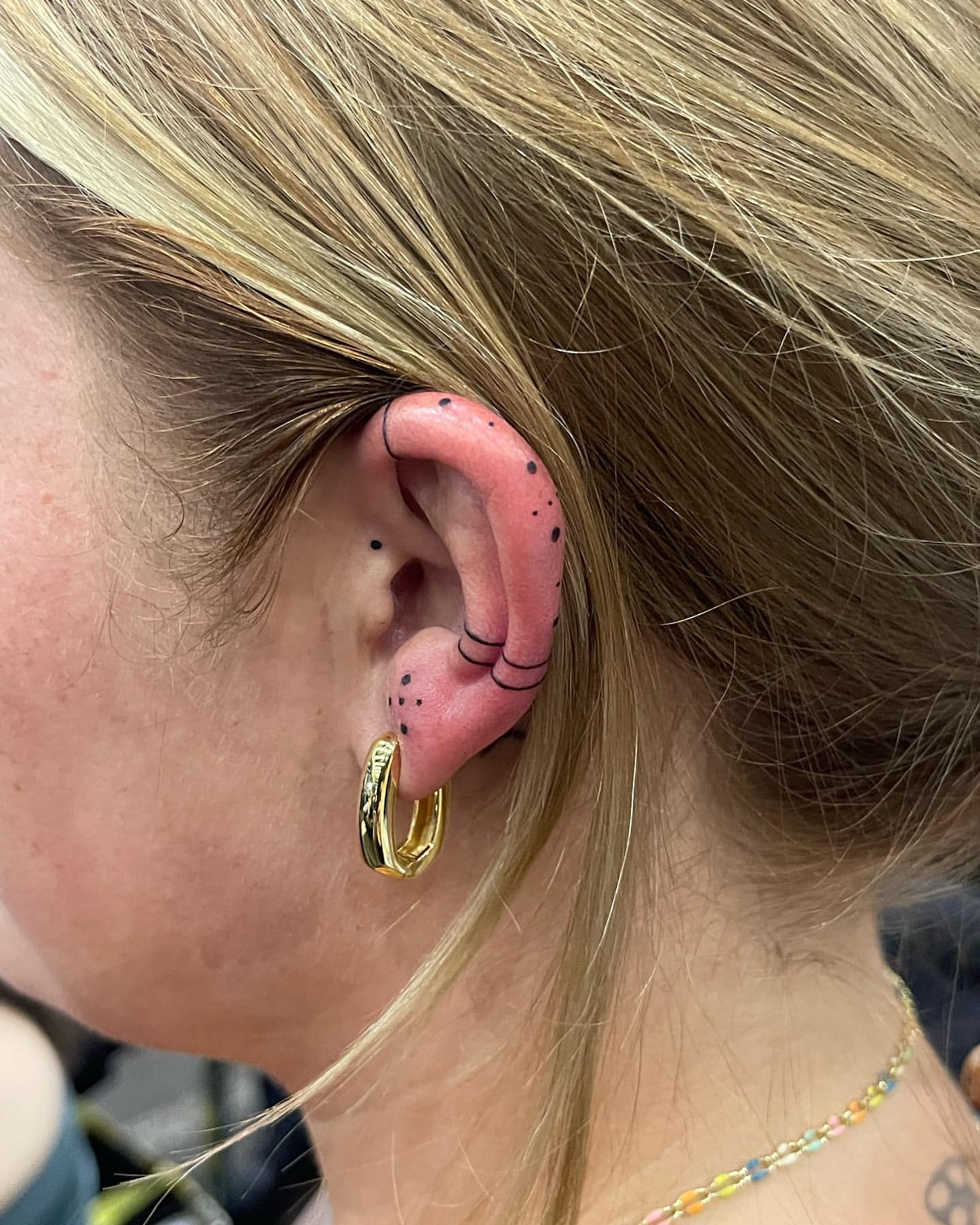
Understanding Ear Tattoos
Definition and overview of ear tattoos
Ear tattoos, as the name suggests, are tattoos that are specifically designed to be placed on or around the ear. This unique form of body art has gained popularity in recent years, offering individuals a creative and expressive way to adorn their ears. Ear tattoos can be placed on various areas of the ear, including the lobe, helix, tragus, and conch. The designs can range from small, intricate symbols to larger, more elaborate artworks. With their proximity to the face, ear tattoos have the ability to make a bold and fashion-forward statement.
Variations of ear tattoos
There is a wide range of variations when it comes to ear tattoos. Some common variations include:
- Earlobe tattoos: These are placed on the fleshy part of the earlobe and are often small, delicate designs or symbols.
- Helix tattoos: These tattoos are placed on the outer rim of the ear, known as the helix. They can be simple or intricate designs that follow the natural curve of the helix.
- Tragus tattoos: The tragus is located at the front of the ear canal, and tragus tattoos are placed on this small, cartilaginous projection. They can be small, discreet designs or larger, eye-catching patterns.
- Conch tattoos: This type of tattoo is placed on the inner part of the ear, known as the conch. Conch tattoos can be intricate or minimalist, depending on personal preference.
The variations in ear tattoos allow for endless creativity and customization, making it easier for individuals to find a design that suits their personal style and taste.
Historical context and significance
Ear tattoos have a rich historical context, with evidence of their existence dating back thousands of years. In ancient cultures such as the Mayans and the Egyptians, ear tattoos were seen as symbols of social status and identity. They were often used to mark rites of passage or indicate membership in specific groups or tribes. In more recent history, ear tattoos have been embraced by various subcultures, including the punk and rockabilly movements of the 20th century.
In modern times, ear tattoos have become more mainstream, with people getting them for purely aesthetic reasons rather than cultural or symbolic purposes. However, the significance of an ear tattoo can still hold personal meaning for the individual. It can serve as a form of self-expression, a reminder of a loved one, or a representation of a meaningful experience.
Ear Tattoo Designs and Meanings
Common themes and symbols
Ear tattoos offer a wide range of design possibilities, allowing individuals to choose symbols and themes that hold personal significance to them. Some common themes and symbols often seen in ear tattoos include:
- Nature: Designs inspired by nature, such as flowers, leaves, and animals, are popular choices for ear tattoos. They can represent growth, beauty, and harmony with the natural world.
- Celestial: Symbols associated with the stars, moon, and sun are often used in ear tattoos to represent spirituality, guidance, and the passage of time.
- Geometric: Geometric patterns and shapes are popular choices for those seeking a more abstract and contemporary look. These designs can represent balance, symmetry, and the interconnectedness of all things.
- Words and quotes: Some individuals choose to have meaningful words, quotes, or phrases tattooed on their ears. These can serve as a constant reminder of personal values or beliefs.
Cultural significance and meanings
Ear tattoos can hold different cultural significance and meanings depending on the individual and their background. In certain cultures, specific symbols or designs may have traditional connections or deep-rooted symbolism. For example, in some Asian cultures, the lotus flower is seen as a symbol of purity and enlightenment, making it a popular choice for ear tattoos.
It is essential to consider cultural context and sensitivity when choosing a design that may have specific cultural associations. Researching the symbolism and meanings behind certain designs can help ensure that the chosen tattoo is respectful and meaningful.
Personal interpretation and creativity
Ultimately, the meaning behind an ear tattoo is highly individual and can vary from person to person. Some individuals may choose a design purely for its aesthetic appeal, while others may have a deeply personal connection to the symbolism behind the tattoo. The versatility of ear tattoos allows individuals to interpret and express themselves in unique ways. The process of selecting a design and creating a tattoo that aligns with personal values and experiences can be an incredibly empowering and creative journey.
Procedure for Ear Tattoos
Consulting with a tattoo artist
Before getting an ear tattoo, it is crucial to consult with a professional tattoo artist to discuss the design, placement, and overall vision. This initial consultation allows the artist to understand the client’s ideas and preferences and provide guidance on what is technically feasible and visually appealing.
During the consultation, it is essential to communicate any specific expectations or concerns regarding the tattoo. The artist will also assess the ear’s shape, size, and the feasibility of the desired design in relation to the client’s anatomy.
Choosing a design
Choosing the design for an ear tattoo is a highly personal process. It is recommended to spend ample time researching and gathering inspiration to ensure that the chosen design resonates with the individual. Online resources, tattoo magazines, and artist portfolios can provide a wealth of inspiration and ideas.
It is essential to consider the size, complexity, and placement of the design in relation to the ear. Additionally, the stylistic preferences, such as blackwork, minimalism, or vibrant colors, should be taken into account. Bringing reference images or sketches to the consultation can help convey the desired style and design elements to the artist effectively.
The tattoo application process
Once the design is finalized, the tattoo application process can begin. The artist will prepare the ear by cleaning the area and possibly shaving any excess hair. Then, they will transfer the design onto the skin using a stencil or freehand technique. The client will have an opportunity to review and approve the placement and design before the tattooing begins.
During the actual tattooing process, the client will need to remain still and comfortable. The artist will use a tattoo machine or traditional hand-poking method to create the design. The length of the process will depend on the complexity and size of the tattoo.
Pain Levels for Ear Tattoos
Factors affecting pain levels
The sensation of pain during an ear tattoo can vary from person to person. Several factors can influence the pain levels experienced:
- Individual pain tolerance: Each person’s pain threshold is unique, meaning what may be tolerable for one individual may be more uncomfortable for another.
- Placement: The location of the tattoo on the ear can affect the pain levels. Areas with less cartilage, such as the earlobe, may be less painful compared to areas with more cartilage, such as the conch or helix.
- Size and complexity: Larger and more intricate designs can take longer to complete, potentially increasing the overall discomfort.
- Artist technique: The skill and experience of the tattoo artist can also influence the pain levels. An experienced artist will work efficiently and with precision, minimizing any unnecessary pain or discomfort.
Comparing with other body part tattoos
In general, ear tattoos are considered to be more painful than tattoos on certain other body parts. The close proximity to the bone and cartilage in the ear can amplify the sensation of pain. However, the pain levels are typically milder compared to areas such as the ribs, sternum, or feet, which are known to be more sensitive.
It is important to note that pain perception is subjective, and what may be uncomfortable for one person may be tolerable for another. The overall pain experienced during an ear tattoo is manageable for most individuals and is often outweighed by the desired outcome.
Managing and minimizing pain
To manage and minimize pain during an ear tattoo, several strategies can be employed:
- Deep breathing and relaxation techniques: Taking deep breaths and focusing on relaxation can help reduce tension and discomfort.
- Numbing creams: Some individuals may choose to apply a numbing cream to the ear prior to the tattoo. This can help temporarily desensitize the area and minimize pain.
- Communicating with the artist: Openly communicating with the tattoo artist throughout the process is essential. If the pain becomes too intense, the artist can adjust the pressure or offer short breaks to alleviate any discomfort.
- Taking breaks if needed: If the pain becomes overwhelming, it is important to communicate with the artist and take breaks as necessary. This ensures the individual’s comfort and overall satisfaction with the process.
Aftercare and Healing of Ear Tattoos
Typical recovery time
After getting an ear tattoo, proper aftercare is crucial to promote healing and avoid complications. The typical recovery time for an ear tattoo can vary depending on the individual and the size of the tattoo. In general, the initial healing phase lasts approximately two to three weeks, during which the tattooed area may scab, itch, and peel. Complete healing and settling of the tattoo can take up to six weeks or longer.
Aftercare products and practices
To facilitate the healing process and maintain the vibrancy of the tattoo, several aftercare products and practices can be followed:
- Cleaning: Gently clean the tattooed area twice a day with mild, fragrance-free antibacterial soap and lukewarm water. Pat the area dry with a clean, soft towel.
- Moisturizing: Apply a thin layer of tattoo-specific aftercare ointment or fragrance-free lotion to keep the tattoo hydrated and aid in the healing process. Avoid petroleum jelly or heavy creams that may suffocate the skin.
- Avoiding excessive moisture: During the healing process, it is important to avoid excessive moisture, such as swimming, saunas, or hot tubs. Direct exposure to water and prolonged soaking can hinder the healing process.
- Protecting from the sun: Shielding the tattooed area from direct sunlight is crucial to prevent fading and damage. Use a broad-spectrum sunscreen with a high SPF when exposing the tattoo to the sun.
Signs of infection or complications
While complications are rare, it is important to be vigilant and seek medical attention if any signs of infection or complications arise. Some common signs to watch for include:
- Excessive swelling, redness, or heat around the tattooed area.
- Pus or discharge coming from the tattoo.
- Increasing pain or tenderness that does not subside with time.
- Persistent itching or rash that worsens.
If any of these symptoms occur, it is advisable to consult with a healthcare professional or the tattoo artist promptly.
Ear Tattoos and Professionalism
Perception of ear tattoos in professional settings
The perception of ear tattoos in professional settings can vary depending on the industry, company policies, and cultural norms. While some industries may have more relaxed dress codes and open-minded attitudes toward body art, others may hold stricter standards and view visible tattoos as unprofessional.
It is essential to consider the potential impact of an ear tattoo in a professional environment and assess whether it could hinder career opportunities or create a negative impression. Individuals working in industries with dress code restrictions may need to take extra precautions to ensure that their ear tattoos are not visible during work hours.
Managing visibility
For individuals who want to maintain the flexibility of concealing their ear tattoos when needed, strategic placement of the tattoo can be considered. Placing the tattoo on the backside of the ear or opting for smaller designs that are easily hidden by hair or jewelry can provide more control over visibility.
Additionally, removable or camouflage jewelry can be used to temporarily cover the tattoo during professional engagements, meetings, or interviews. It is important to check company policies and specific dress code requirements to ensure compliance.
Personal testimonials
Many individuals with ear tattoos have successfully navigated professional environments while proudly displaying their body art. Personal testimonials often highlight the importance of professionalism in both appearance and behavior, as these aspects contribute to the overall perception of an individual.
By adopting a professional demeanor and actively demonstrating competence and dedication in their work, individuals with ear tattoos can challenge any negative stereotypes and showcase their unique talents and abilities.
Risks and Safety Considerations for Ear Tattoos
Understanding potential complications
While ear tattoos are generally considered safe, it is essential to understand the potential risks and complications associated with the procedure. Some possible complications include:
- Infection: Poor aftercare or inadequate hygiene can increase the risk of infection. Infections can manifest as increasing pain, redness, swelling, discharge, or fever.
- Allergic reactions: Some individuals may have allergic reactions to certain tattoo pigments or aftercare products. These reactions can range from mild irritation to more severe symptoms like rash, blistering, or swelling.
- Keloid formation: Certain individuals may be prone to keloid formation, which is an abnormal overgrowth of scar tissue. Keloids can cause raised, thickened areas around the tattoo, potentially affecting the appearance and healing process.
Importance of choosing a reputable tattoo artist
To minimize the risk of complications, it is crucial to choose a reputable and experienced tattoo artist. Researching and selecting an artist who adheres to strict hygiene practices, uses sterile equipment, and operates in a clean and professional environment is paramount.
Reviewing portfolios, seeking recommendations, and reviewing client testimonials can help ensure that the chosen tattoo artist has a solid track record of delivering safe and high-quality ear tattoos.
Health and safety regulations
Professional tattoo studios are subject to health and safety regulations to protect both the artists and clients. These regulations may include, but are not limited to, proper sterilization of equipment, the use of single-use needles, disposal of biohazard waste, and maintaining a clean and sanitary environment.
When visiting a tattoo studio, it is important to ensure that these regulations are being followed. Ask questions about the studio’s sterilization practices, see if they have licenses and certifications displayed, and observe the cleanliness of the studio before proceeding with the tattoo.
Revamping and Removing Ear Tattoos
Process and cost of tattoo removal
While many individuals are confident in their ear tattoos, there may come a time when revamping or removing the tattoo becomes necessary. Tattoo removal techniques vary, including laser removal, surgical excision, and tattoo fading creams. However, it is important to note that complete removal of a tattoo may not always be possible, and the process can be costly and time-consuming.
Laser tattoo removal is a popular method that uses laser technology to break down the tattoo pigments gradually. Multiple sessions are typically required, spaced several weeks apart, and the cost can vary depending on the tattoo’s size, complexity, and color.
For those seeking a revamp or cover-up, consulting with an experienced tattoo artist can provide insights and options for breathing new life into an existing ear tattoo.
Alternatives for unhappy with tattoo design
If an individual is unhappy with their ear tattoo design but does not wish to remove it completely, there are alternatives available. Cover-up tattoos and redesigns can be an effective solution.
Cover-up tattoos involve creating a new design that includes elements to camouflage the existing tattoo. This typically requires consultation with a skilled artist who can creatively adapt the design to incorporate the existing tattoo seamlessly.
Redesigning the original tattoo is another option. By incorporating additional elements, colors, or modifications, the tattoo can be transformed into a new and improved design that aligns with the individual’s evolving tastes and preferences.
Celebrity Influence on Ear Tattoos
Celebrities with iconic ear tattoos
Celebrities have played a significant role in popularizing ear tattoos and contributing to their growing acceptance. Some well-known individuals with iconic ear tattoos include:
- Beyoncé: The superstar singer has a small and delicate tattoo on her left ear. Her tattoo features the Roman numeral IV, representing her and her husband’s birth dates and wedding anniversary.
- Scarlett Johansson: Known for her edgy style, Johansson has an intricate floral design tattooed on the backside of her ear.
- Zayn Malik: The former One Direction member has several ear tattoos, including a skull and mandala design that spans across his left ear and surrounding area.
Media impact on the popularity of ear tattoos
The influence of celebrities and the media has undoubtedly contributed to the growing popularity of ear tattoos. As celebrities proudly display their ear tattoos in public and media appearances, it has normalised and desigmatized the concept of visible ear tattoos.
Publications, social media, and television shows featuring inked celebrities have also played a significant role in showcasing the creativity and artistry of ear tattoos. The media impact has likely contributed to more individuals seeking ear tattoos as a form of self-expression and as a way to stay on-trend.
Celebrity ear tattoo controversies and inspirations
While many celebrities have embraced and celebrated their ear tattoos, there have been a few instances of controversy and subsequent inspiration. Controversial ear tattoos may involve cultural appropriation, offensive symbols, or poor decision-making on the part of the celebrity.
These controversies have prompted discussions about cultural sensitivity, appropriateness, and the responsibility celebrities hold as influential figures. Despite the controversies, many individuals find inspiration in celebrity ear tattoos and seek to replicate or adapt their favorite celebrity’s tattoo designs to suit their own personal style.
Future of Ear Tattoos
Trend forecasts and predictions
As the popularity of ear tattoos continues to rise, trend forecasts indicate that the future holds even more creative possibilities. Some trends that may emerge include:
- Enhanced three-dimensional designs: Advancements in tattooing techniques and technology may allow for more detailed and realistic three-dimensional designs on the ear.
- Fine line and minimalism: Minimalist tattoos have gained traction in recent years and are likely to continue growing in popularity. Delicate line work, small symbols, and geometric shapes are expected to remain on-trend.
- Vibrant colors and intricate patterns: With advancements in ink pigments, artists may have access to a wider range of vibrant colors, allowing for more visually striking designs. Additionally, intricate patterns and ornamental details could become more prominent.
Technological advancements in tattoo artistry
Technological advancements in tattoo artistry continue to push the boundaries of what is possible. Cutting-edge techniques, such as 3D printing and augmented reality, have the potential to revolutionize the tattoo industry. These advancements could result in more precise and complex designs, innovative tattooing tools, and safer tattooing practices.
Additionally, the use of biocompatible or biodegradable inks could become more prevalent, catering to individuals seeking a more sustainable and eco-friendly approach to ear tattoos.
Changes in social acceptability and regulations
Given the increasing acceptance of tattoos in society, it is likely that social norms and regulations regarding visible body art will continue to evolve. More companies are embracing diversity and individuality in the workplace, leading to a shift in attitudes towards visible tattoos, including those on the ear.
While certain professions and industries may still maintain stricter dress code policies, overall acceptance and understanding of body art are expected to continue expanding. This cultural shift may result in fewer limitations and stigmas surrounding ear tattoos in professional settings, giving individuals more freedom to express themselves through body art.
In conclusion, ear tattoos offer individuals a unique and creative way to express themselves and make a bold fashion statement. From their historical significance to the potential risks and future trends, there is much to explore and consider before getting an ear tattoo. By understanding the various aspects of ear tattoos, individuals can make informed decisions and embark on a journey of self-expression that is both aesthetically pleasing and personally meaningful.


